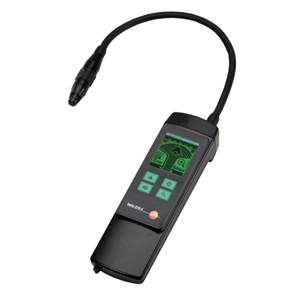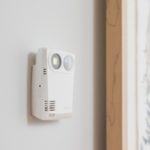By their very nature, refrigeration leak detectors are highly sensitive devices. They need to be able to pick up minute amounts of invisible, often odourless gas that would otherwise be indistinguishable to humans.
A byproduct of this sensitivity is that leak detector sensors are often very delicate, and can become damaged easily. It is therefore important to understand how to properly care for your leak detector and its sensor to ensure prolonged life and reliability.
Avoiding damage and dirt
Refrigerant leak detector sensors are highly vulnerable to nonabsorbent substances such as oils and grease. When using your sensor, take care to avoid touching it against any dirty surroundings.
Some airborne substances, such as tobacco smoke, dirty air and evaporating liquids or gases, can dirty a sensor and dull its effectiveness. Avoid exposing your sensor to such environments as they can quickly leave deposits on the surface of the sensor.
If your sensor does become dirtied, make sure you clean it as quickly as possible. Use a soft dry cloth and avoid any harsh or aggressive cleaning chemicals. A damp cloth can be used to clean the instruments housing.
Safety first
At all times, remember that leak detection sensors can become very hot after prolonged use. Make sure you avoid touching the sensor head unless you are absolutely certain it has cooled. After any usage, ensure you switch off the sensor and allow it to cool before touching it or putting it away.
It is recommended that you have your refrigerant leak detector serviced yearly by an authorised provider, so that they can assess the sensor for damage.
Furthermore, make sure you are aware of the warning signs and alerts that indicate your sensor is already damaged or connected incorrectly, so that you can perform the necessary maintenance before further damage occurs. You will find a guide to these signs in your device’s instruction manual.









 Reduce cooking oil costs while ensuring quality
Reduce cooking oil costs while ensuring quality Expert knowledge on CO2 monitoring
Expert knowledge on CO2 monitoring Refrigeration knowledge - in 3 modules
Refrigeration knowledge - in 3 modules



